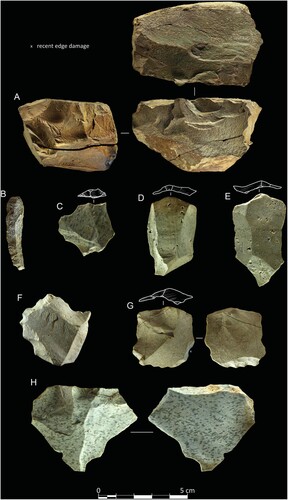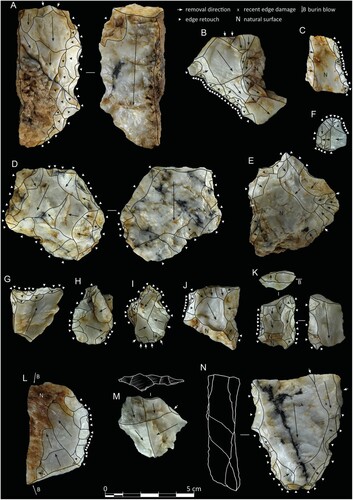Figures & data
Figure 1. Maps with location of sites. A) Location of sites in Sudan and Egypt mentioned in the text (EDAR sites marked with a star). 1) Sodmein Cave, 2) Taramsa 1, 3) Kharga Oasis, 4) Dakhla Oasis, 5) Wadi Kubbanyia, 6) Bir Tarfawi, 7) Sai Island 8-B-11, 8) BP 177, 9) Khor Abu Anga, and 10) Khashm el Girba. B) Location of the EDAR area in Eastern Desert. C) Location of all EDAR sites mentioned in text.
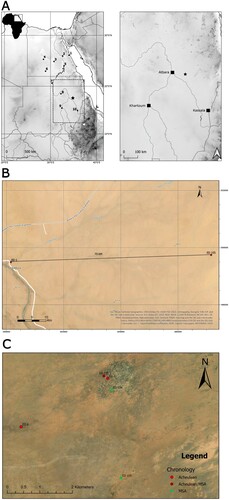
Figure 2. EDAR 134 and 155 sites. A) Surface of opened trench before exploration at site 134, field season 2017. B) Trench at site EDAR 134, season 2018. C) Photo of the profile at site EDAR 134, the remaining top sediment untouched by gold miners, season 2018. D) EDAR 134, site destroyed by gold miners in 2019. E) Aerial photography of site EDAR 155 in 2018. F) Trench I/2018 at site EDAR 155. G) Excavations at site EDAR 155 within trench II/2019. H) Unidirectional core discovered in trench II/2019, EDAR 155.
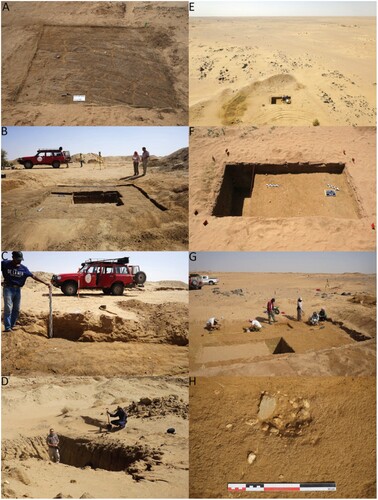
Figure 3. Stratigraphy description at the EDAR sites. A) Site EDAR 7, B) site EDAR 135, C) description and interpretation of stratigraphy units, D) EDAR 155 with the height of OSL sampling marked with a red dot, and E) EDAR 134 with the height of OSL sampling marked with red dots.
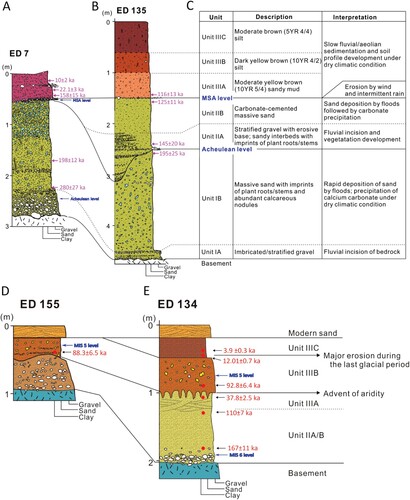
Table 1. Dose rates, equivalent doses, and ages of the EDAR samples.
Table 2. EDAR 134, structure of lithic assemblage—number and weight of artifact classes by raw materials.
Figure 4. Spatial analysis results for vertical position of assemblage. A) EDAR 134 and B) EDAR 155.

Figure 5. Spatial analysis results for EDAR 134 and 155. A) Spatial distribution by artifact type, EDAR 134; B) distribution of artifacts by weight, EDAR 134; C) Kernel density, EDAR 134; D) spatial distribution by artifact type, EDAR 155; E) distribution of artifacts by weight, EDAR 155; and, F) Kernel density, EDAR 155.
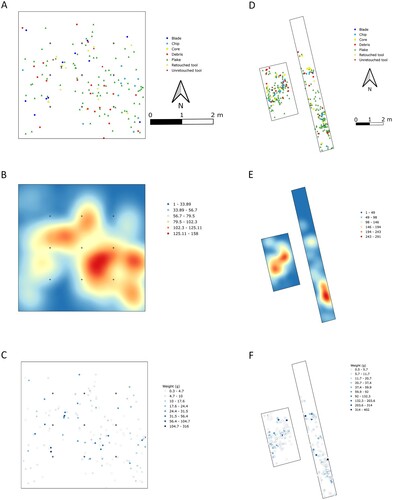
Figure 6. EDAR 134, cores. A) Nubian II Levallois, B–C) discoidal, D) recurrent Levallois, and E) multidirectional; rhyolite. Photos: M. Jórdeczka.
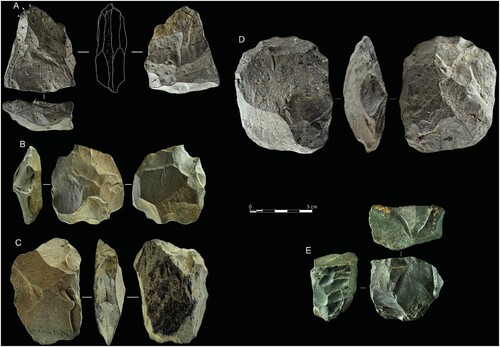
Figure 7. EDAR 134, debitage. A–C) Blades and D–G) debordant flakes and blades; rhyolite. Photos: M. Jórdeczka.
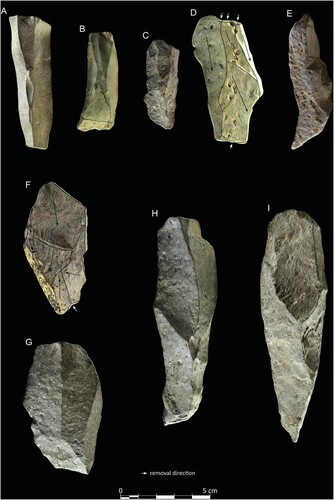
Figure 8. EDAR 134, tools. A) Unretouched and B) retouched Levallois products, C) denticulate, D–F) endscrapers, G, K) retouched flakes, and H–J) sidescrapers; A–F) rhyolite and H–K) quartz. Photos: M. Jórdeczka.

Table 3. EDAR 155, structure of lithic assemblage—number and weight of artifact classes by raw materials.
Figure 9. EDAR 155, cores. A) Recurrent Levallois, B) multiplatform core, C) discoidal, and D) unidirectional; A) Hudi chert, B–C) quartz, and D) rhyolite. Photos: M. Jórdeczka.
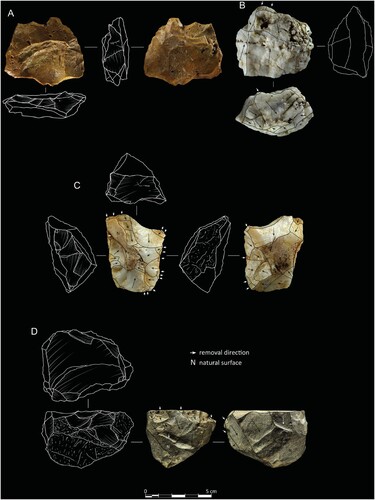
Figure 10. EDAR 155. A) Unidirectional core, B) blade, C–E) Levallois flakes, F) denticulate, G) retouched Levallois flake, and H) multidirectional flake; all rhyolite. Photos: M. Jórdeczka.
